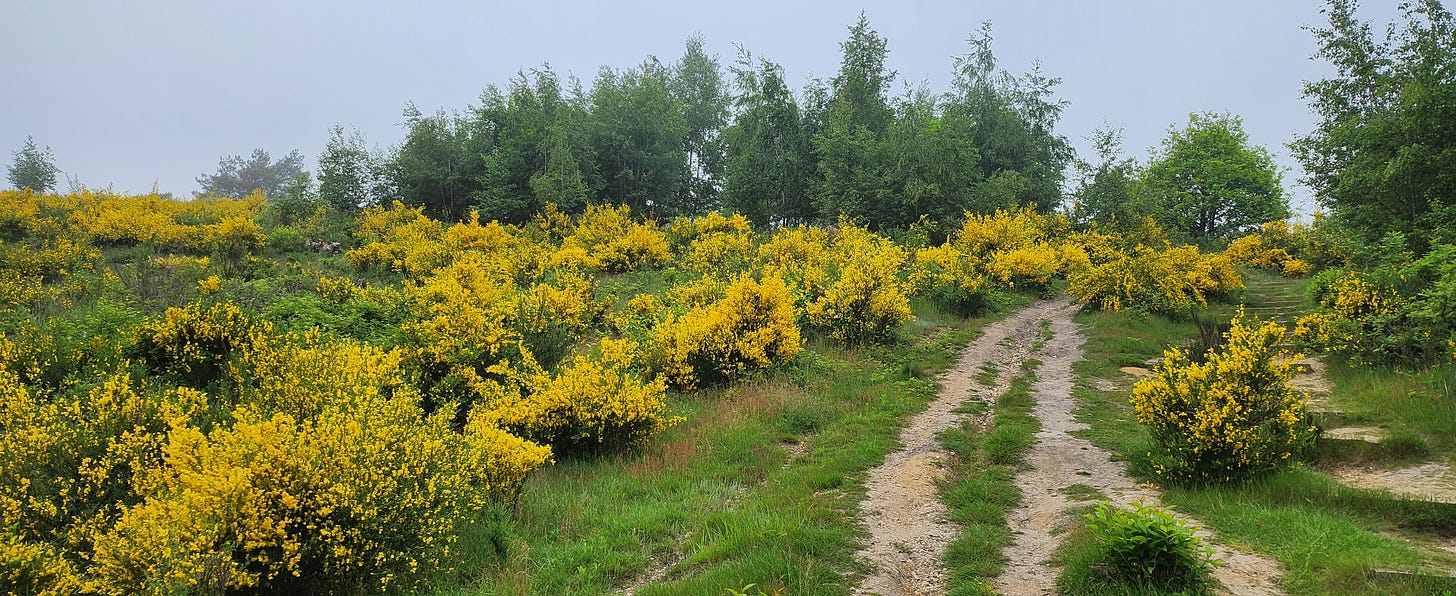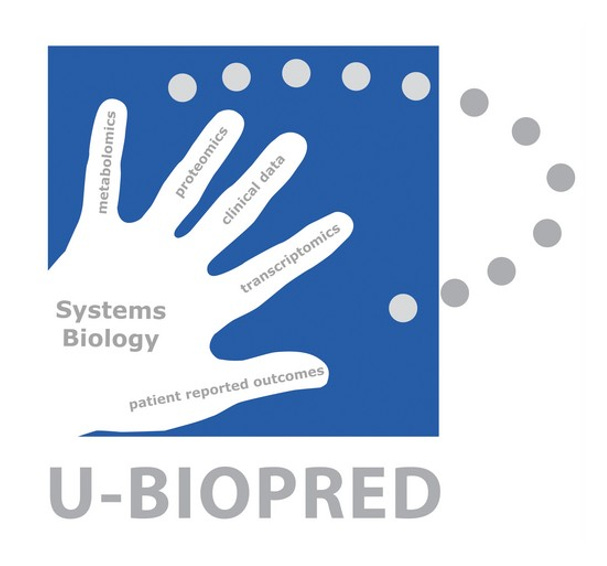Forget about milestones.
In big projects there is one feature that is more important than milestones.
An often underappreciated feature of a big project is vision.
This post is a departure from what I usually write here.
One night last spring, after working on a funding proposal, I took a break at around 10 PM. I had the idea to write a poem.
So, here is that poem followed by a commentary on what I was thinking as I wrote the poem, what I have learned since and some advice on how to craft a vision.
Guided by Vision
The vision on my shoulder stood.
There to guide me in Frost's yellow wood.
Not to the path that seemed I could.
But rather the path I felt I should.
For I knew that while brambles and briars burn.
Not much comes to those who only yearn.
Beyond the thicket, eagle wings lie.
With your help, we'll pick them up and fly.
by Scott WagersFor big projects, a vision is all that you need.
When you work on a big project, it is important to build a proper vision. This holds true for both large collective efforts and personal moonshots.
"If the vision is compelling enough, people will apply their best thinking and efforts to figure it out, regardless of the obstacles and opposition." Michael Hyatt, The Vision-Driven Leader
In fact, one could say that vision is all you need.
Your subconscious or your intuition, guided by your vision coupled with an iterative adaptive approach, will do more for delivering a big project than even the most detailed project plan.
We often face indecision and fear when we have to decide between the feasible and the fantastic.
In my experience, choosing the fantastic, even though it is fraught with risks and obvious barriers and hindrances, is always the right choice when you plan to move forward in collaboration with others who share your vision.
You'll make the world a better place.
A vision begins as a thought in the back of your mind.
I first posted this as a note, and it received some nice responses. One of the responses that struck me was this response:
I had not thought of the vision in the poem as being a small vision, but that framing captures the more personal experience of thinking in terms of big projects. Sometimes it is almost as if the vision is just shimmering in the back of our minds and it is in that sense like something small sitting on our shoulder.
It also speaks to the concept of the ‘muse’.
That hidden, nearly unconscious sense that there’s something there bigger than your immediate thoughts is also relevant to designing and developing big projects.
The muse is also about having the sense that the poem or big project is already there; our task is just to uncover it and point it out.
Combining different perspectives is powerful.
This collaborative interpretation of the poem highlights, first, the nature of poetry. Any given poem means something different to each reader. It is satisfying to see a different interpretation emerge from a combined perspective.
“A visionary leader is one who sets a long-term vision, creates a strategic plan to achieve that vision, and empowers others to collaborate towards that shared goal.” Rachel Wells in Forbes
Most profoundly, poetry can help us express and communicate thoughts and feelings that don't fit neatly into the confines of more direct prose.
I believe that in tumultuous times such as these, we need to turn towards big projects together, even when we don't know where we are going and how we will get there.
Crafting a vision.
There are three different formats for a vision.
Write out a description of what the future will be. This starts with a simple description of the future:
The vision of INTERCEPT is a future where Crohn’s disease is a highly manageable disease because of the ability to intercept disease progression in the preclinical stages of disease with therapies that target early disease biology guided by clinically fit-for-purpose and validated biomarkers that are measurable in the blood.
This will allow for the creation of high-risk clinics where first-degree relatives (FDRs) of individuals with CD would receive education, advice, screening and treatment.
A more elaborate alternative is one in which a narrative story is written:
It is December 2025, and a group of industry scientists are walking across a cold and windswept square in Eastern Germany. They don’t mind the cold or the wind because they are talking excitedly to each other.
They have just emerged from a meeting where they saw the impressive results of animal model studies where not only was there dramatic tumor shrinkage, there were no residual breast cancer cells in any of the assays after treatment with a new engineered T-Cell therapy.
The idea and the initial concept for the therapy emerged out of the work being done in the T2EVOLVE consortium. The scientists’ heads are spinning knowing all that would need to be done to move just to the point of launching a first-in-human clinical trial.
The next day in the office, they meet with the head of their preclinical development team. He too sees the opportunity. They ask if his team will be able to perform the necessary preclinical efficacy and safety studies in the short term. An important question if they are going to acquire the rights to develop the therapy.
She pauses and then says, “Yes. That should be possible.”
She is a member of the T2EVOLVE stakeholder community, and the lab groups in the company are using T2EVOLVE standards and models.
She tells them that not only do they have all the preclinical pipelines in place to rapidly react to move through the preclinical assessment steps, but they can do it in such a way that will inform the phase I clinical development team what lymphodepletion regimen would be optimal, what analytical monitoring will be necessary, and how the GMP manufacturing should be conducted, all linked to the outcomes of the preclinical work they will do.
This is all part of the innovation ecosystem that has been developed first by the T2EVOLVE IMI project and the now rapidly expanding T2EVOLVE network.
The third is the simplest, but the most difficult to get right: A symbol or a simple concept that captures the vision in a very quick-to-grasp way. Here is the graphic from the U-BIOPRED project where the goal was to bring together multiple different types of measurements similar to genomics to not create a fingerprint of severe asthma but rather a “Handprint.”
Crafting a vision can be challenging. All three of these examples are real-life examples that were co-created with a multi-disciplinary and multi-stakeholder group during the design of big projects.
The best option would be to create all three of these formats. The key is to continually remind everyone about your vision as a way to inspire and motivate the transformation you are aiming to achieve.
Final insight.
For a big project a vision is much more than one of the obligatory topics for a strategic planning session.
It is what will give you, your collaborators and a wider community of stakeholders the willpower necessary to stand in the face of the storm that is a big project.
Invest time and effort in crafting your vision. Maybe even write a poem about it.
Big projects require funding. The first step is to position what you are doing right now so that you will be more likely to secure substantial grant funding in the future.
I have put together a guide to help you take the steps needed to position you and those you are working with for securing substantial funding: Get the free guide.




"The Poetic Scientist", I love it. Big projects require multiple ways of looking at all the possibilities and creating a vision as guide to get there. I love your narrative story, which describes the future. Working towards that vision encourages collaboration and provides and an exciting picture to all that is possible in the future.